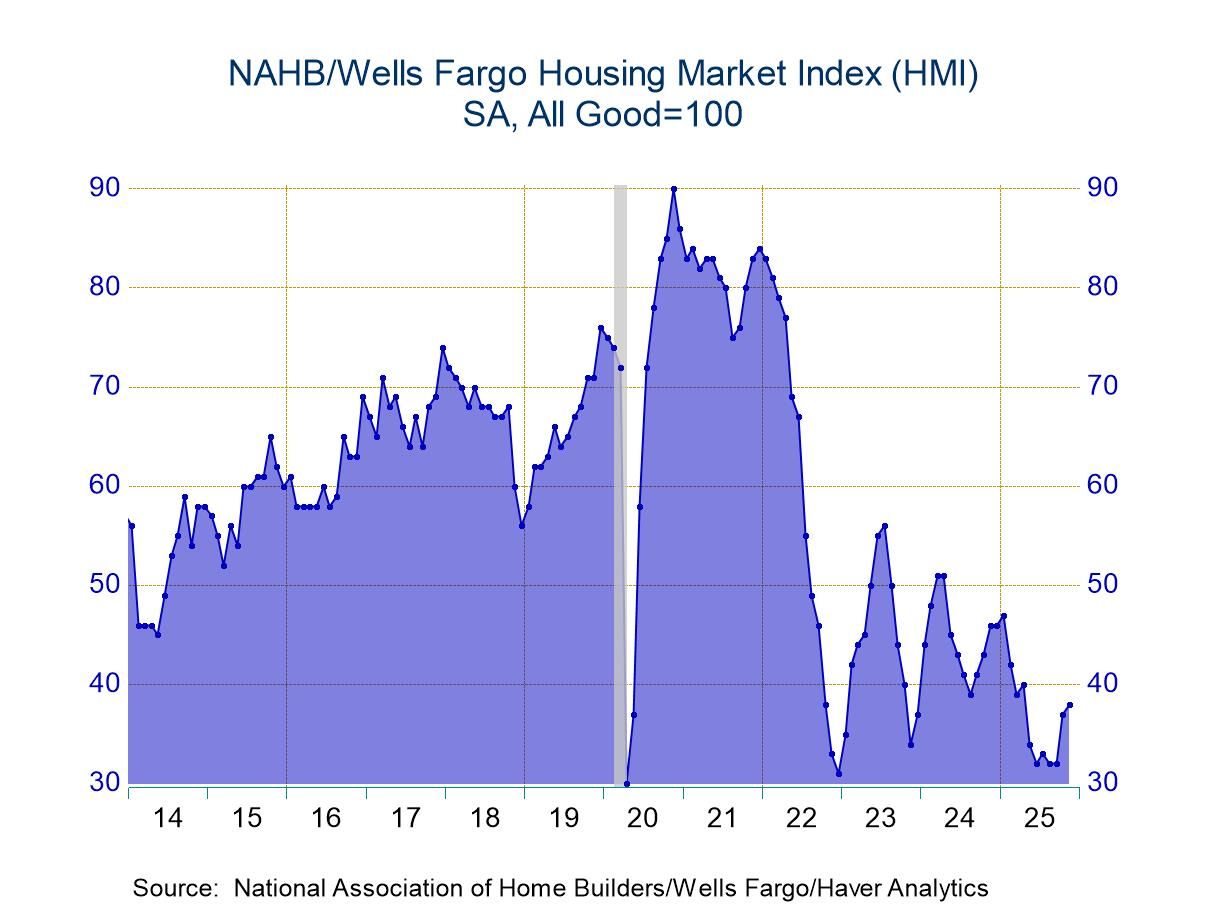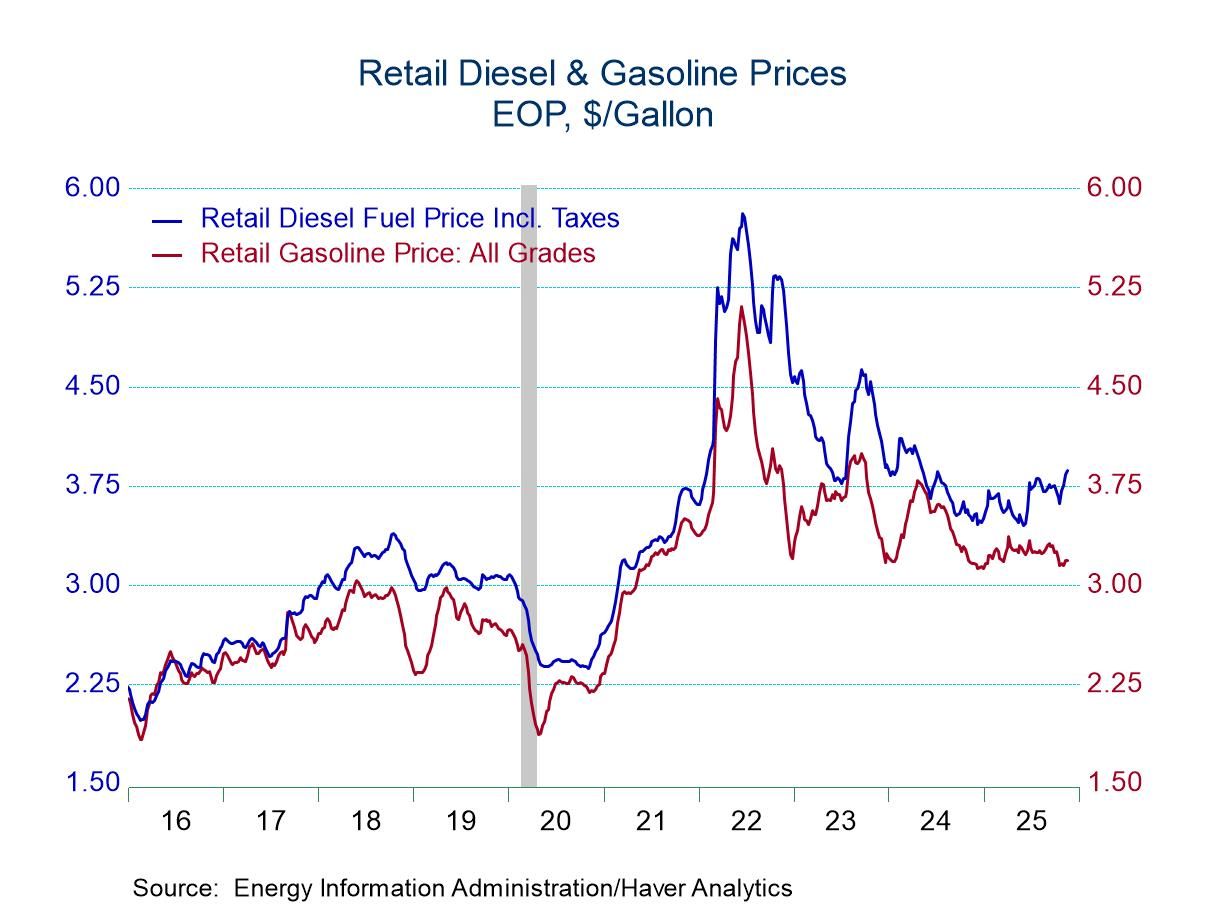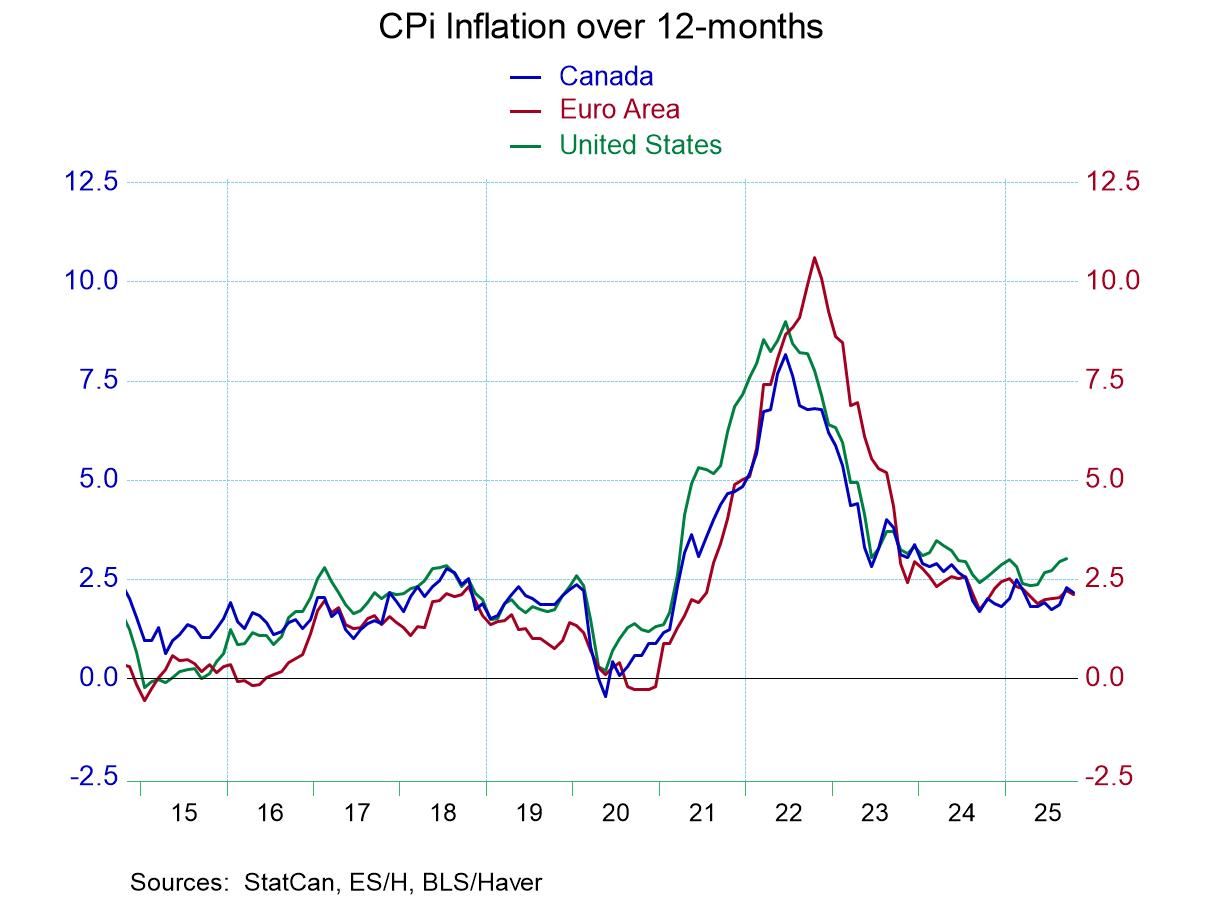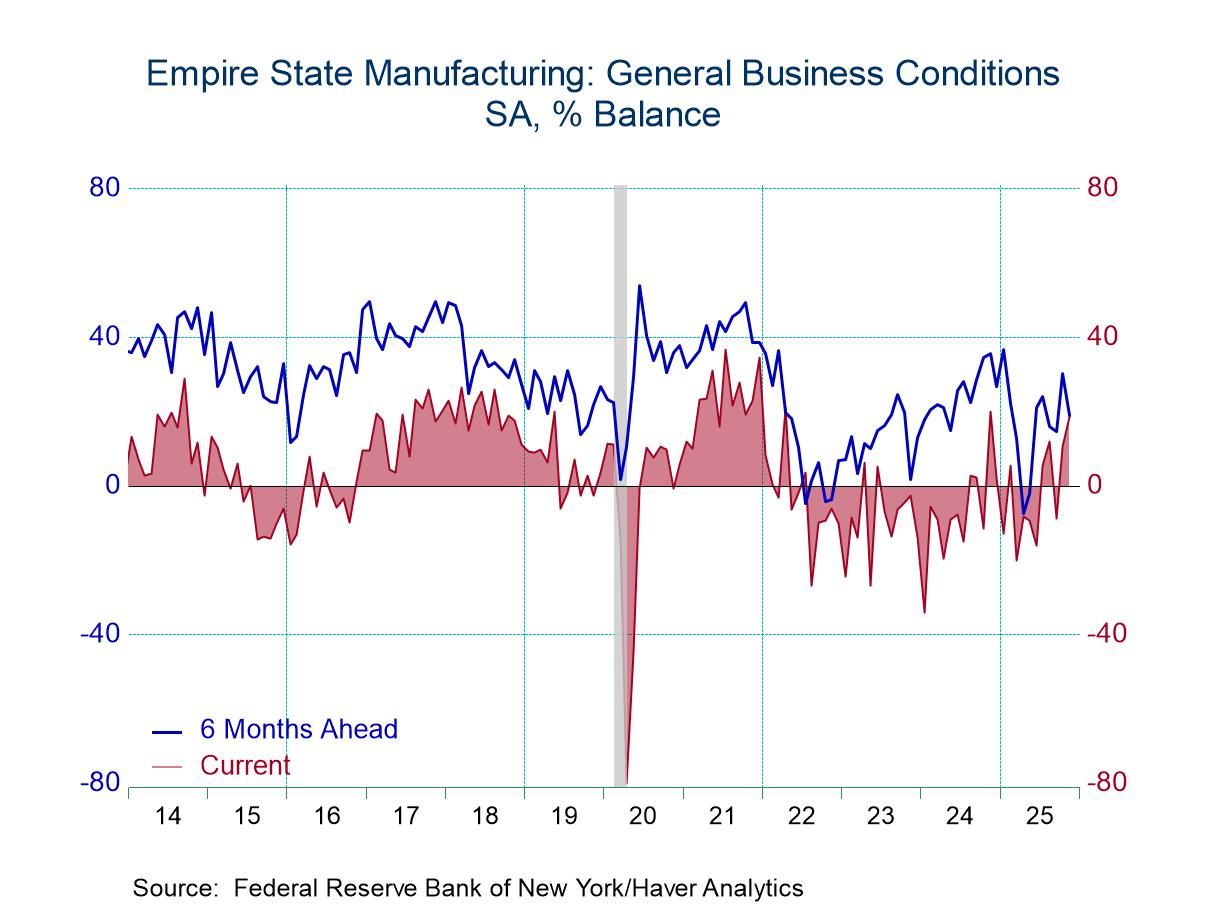U.S. Initial Unemployment Insurance Claims Rise Sharply
by:Tom Moeller
|in:Economy in Brief
Summary
- Initial claims stand at highest since early-August.
- Level of continued weeks claimed also surges.
- Insured unemployment rate edges up from record low.


Initial claims for unemployment insurance increased to 240,000 (-1.6% y/y) during the week ended November 19 from 223,000 during the week prior, revised from 222,000. A level of 225,000 had been expected in the Action Economics Forecast Survey.
The 4-week moving average of initial claims of 226,750 compared with 221,250 in the prior week. It was the highest level since the first week of September and remained above an early-April low of 170,500.
In the week ended November 12, continued weeks claimed for unemployment insurance increased to 1.551 million (-26.1% y/y) from 1.503 million in the prior week, revised from 1.507 million. The 4-week moving average rose to 1.510 million, from 1.482 million in the prior week. It was the highest level since the first week of April.
The insured unemployment rate in the week ended November 12 rose to 1.1% from 1.0%. It was the highest level since the first week of April and is up from the record low range between 0.9% and 1.0%. The series dates back to 1971.
In the week ended November 4, the total number of continued weeks claimed in all unemployment insurance programs fell to 1.256 million (-45.0% y/y) from 1.307 million in the prior week. This total includes federal employees, newly discharged veterans, extended benefits and other specialized programs and is not seasonally adjusted. Claims in the Pandemic Unemployment Assistance program and Pandemic Emergency Unemployment Compensation are no longer included in the main Labor Department press release, as both programs have expired.
The insured rates of unemployment in regular programs vary across states. The highest insured unemployment rates in the week ending November 5 were in Rhode Island (2.1%), Alaska (1.9%), Puerto Rico (1.8%), New Jersey (1.7%), California (1.6%) and New York (1.4%). These state rates are not seasonally adjusted.
Data on weekly unemployment claims going back to 1967 are contained in Haver's WEEKLY database, and they are summarized monthly in USECON. Data for individual states are in REGIONW. The expectations figure is from the Action Economics Forecast Survey, carried in the AS1REPNA database.


Tom Moeller
AuthorMore in Author Profile »Prior to joining Haver Analytics in 2000, Mr. Moeller worked as the Economist at Chancellor Capital Management from 1985 to 1999. There, he developed comprehensive economic forecasts and interpreted economic data for equity and fixed income portfolio managers. Also at Chancellor, Mr. Moeller worked as an equity analyst and was responsible for researching and rating companies in the economically sensitive automobile and housing industries for investment in Chancellor’s equity portfolio. Prior to joining Chancellor, Mr. Moeller was an Economist at Citibank from 1979 to 1984. He also analyzed pricing behavior in the metals industry for the Council on Wage and Price Stability in Washington, D.C. In 1999, Mr. Moeller received the award for most accurate forecast from the Forecasters' Club of New York. From 1990 to 1992 he was President of the New York Association for Business Economists. Mr. Moeller earned an M.B.A. in Finance from Fordham University, where he graduated in 1987. He holds a Bachelor of Arts in Economics from George Washington University.






